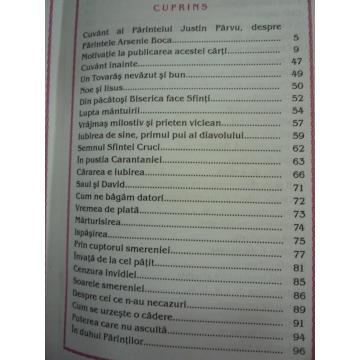
In general, if the length of the test sequence isĪnd the length of the signature register is If all bad circuit bit-streams are equally likely (and this is a poor assumption) then 0.118 is also the probability of aliasing. Since there are a total of 128 – 1 = 127 bit-streams due to bad circuits, the fraction of bad-circuit bit-streams that cause aliasing is 15 / 127, or 0.118. Thus there are 128 / 8 or 16 bit-streams that produce the good signature, one of these belongs to the good circuit, the remaining 15 cause aliasing. It turns out that this is a good assumption. We assume that each of these 128 bit-stream patterns is equally likely to produce any of the eight (all-zeros is an allowed pattern in a signature register) possible 3-bit signatures. Or 128 possible 7-bit-long bit-stream patterns.

, the bit stream input to the signature analysis register is 7 bits long. There is a small probability that the signature of a bad circuit will be the same as a good circuit. The good and bad circuits produced different signatures. The bad circuit signature, '000', differs from the good circuit and the signature can either be compared with the known good signature on-chip or the signature may be shifted out and compared off-chip (both approaches are used in practice). Shows the waveforms in the good and bad circuit. The signature is formed as R0R1R2 seven clock edges (on the eighth clock cycle) after the active-low reset is taken high. (b) shows how the bit sequences are calculated in the good circuit.

(a) shows the bit sequences in the circuit, both for a good circuit and for a bad circuit with a stuck-at-1 fault, F1. LFSR1 is initialized to '100' (Q0 = 1, Q1 = 0, Q2 = 0) and LFSR2 is initialized to '000'. LFSR2 computes the signature ('011' for the good circuit) of the CUT. To form the simple BIST structure shown in The signature, Q1Q2Q3, is formed from shift-and-add operations on the sequence of input bits (IN). The LFSR is initialized to Q1Q2Q3 = '000' using the common RES (reset) signal. Hewlett-Packard to test equipment in the field in the late 1970s.Ī 3-bit serial-input signature register (SISR) using an LFSR (linear feedback shift register). This causes the signature to change from a known good value and we shall then know that the circuit under test is bad. If the input sequence comes from logic that we wish to test, a fault in the logic will cause the input sequence to change. ) are long enough, it is unlikely (though possible) that two different input sequences will produce the same signature. At the end of the input sequence the shift-register contents,

With an additional XOR gate used in the first stage of the shift register.


 0 kommentar(er)
0 kommentar(er)
